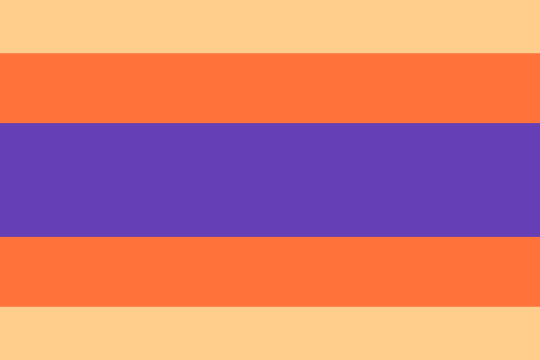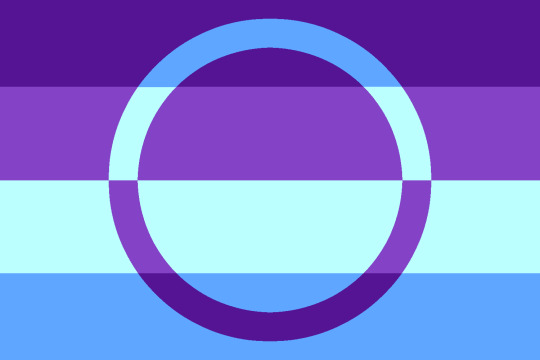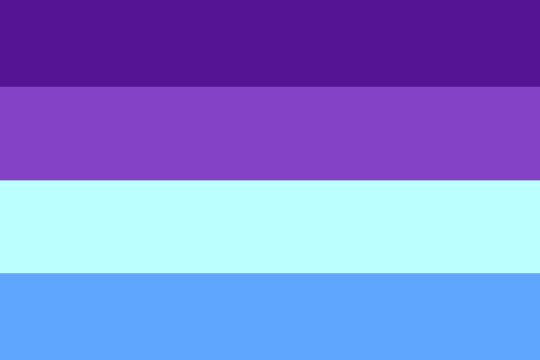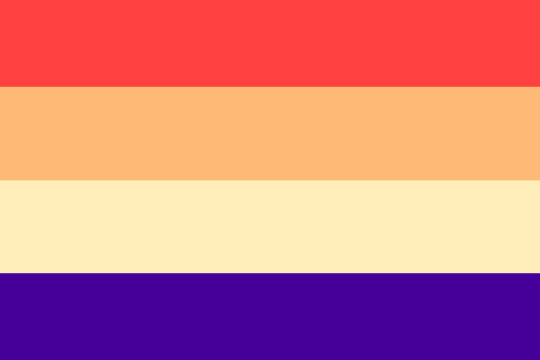Text
Línguas: [English post] - [Post em português]



VÁRIOS (OU "MAIS QUE UM") — É alguém que se considera/possui mais de um (indivíduo) em um corpo. "Vários" agrupa todos que se consideram mais de um (indivíduo), e não se restringe a quem possui ou não algum tipo de transtorno. Exemplos de pessoas que podem se considerar "vários":
→ Ouvir vozes; possuir amigos imaginários; experimentar "possessões"; etc.
---
PERGUNTAS POSSÍVEIS:
→ "Qual é a diferença de plural e vários?" Nenhuma! Plurais podem se considerar vários e vários podem se considerar plurais.
→ "Por que existe este termo?" Para evitar que aqueles que se consideram mais de um sejam atacados ao usar a palavra "plural" ou "múltiplo". Isso não fará que ataques contra eles sumam, porém alguns podem se sentir mais confortáveis e discretos ao usarem a palavra "vários".
→ "Eu tenho TDI, eu posso usar este termo?" Com certeza! "Eu não tenho TDI, eu posso usar esse termo?" Novamente, com certeza!
→ "Eu posso usar termos plurais (como endogênico)?" Claro! "Eu posso criar meus próprios termos 'vários'?" Com certeza!
→ "Eu sou plural e não me considero 'vários', mas eu posso usar termos 'vários' específicos?" Sim!
SÍMBOLO:

#plural terms#flag coining#plural community#plural flag#plural coining#plural gang#plural system#system coining#plural term#plural#plural blog#pluralidade#traumagenic#traumagenico#endogenic#endogenico
19 notes
·
View notes
Text
Languages: [Post Em Português] - [English post]



VARIOUS (OR "MORE THAN ONE") — It is someone who has more than one (individual) in a body. "Various" groups everyone who considers themselves to be more than one (individual), and is not restricted to those who do or do not have some type of disorder. Examples of people who may consider themselves "various":
→ Hear voices; have imaginary friends; experience "possessions"; etc.
---
POSSIBLE QUESTIONS:
→ "What is the difference between plural and various?" None! Plurals can be considered various and various can be considered plurals.
→ "Why does this term exist?" To prevent those who consider themselves to be more than one from being attacked when using the word "plural" or "multiple". This won't make attacks against them go away, however, some may feel more comfortable and discreet using the word "various".
→ "I have DID, can I use this term?" For sure! "I don't have DID, can I use that term?" Again, for sure!
→ "Can I use plural terms (like endogenic)?" Clear! "Can I create my own 'various' terms?" For sure!
→ "I am plural and don't consider myself 'various', but can I use specific 'various' terms?" Yes!
SYMBOL:

#plural terms#flag coining#plural community#plural flag#plural coining#plural gang#plural system#system coining#plural term#plurality#plural blog#pluralgang#actually plural#endogenic#traumagenic#plural#endo safe#pro endo
130 notes
·
View notes
Text



EC-DID FLAG → Extremely complex dissociative identity disorder.
39 notes
·
View notes
Text



SISAMATE (OR SISAMEMBER) → is a headmate that is part of a sisasystem.



SIDEMATE (OR SIDEMEMBER) → is a headmate that is part of sidesystem.



SUBMATE (OR SUBMEMBER) → is a headmate that is part of subsystem.
#plural term#plural terms#plural gang#plural coining#plural flag#plural community#plural system#pluralgang#flag coining
56 notes
·
View notes
Text



INTRASINGLET → A headmate that is not a system/is not within a sisasystem.



INTRAPLURAL → A headmate that is a system/is within a sisasystem.
(The terms were not made by me)
#plural coining#plural flag#plural community#plural gang#plurality#plural system#system coining#system community#plural blog#flag coining
46 notes
·
View notes
Text
Hypersexual Symptom Holder / Hypersexual Holder
[PT: Hypersexual Symptom Holder / Hypersexual Holder]
Hypersexual Holder, a Symtom holder(link) who holds the Hypersexuality symptoms in particular.



[ID: None yet]

[Tagging] @radiomogai, @pluralitywords, and @pluralterms
[Colors based off of/picked from] This version of this the Hypersexuality flag by @epikulupu

158 notes
·
View notes
Text



DIDBASED (OR DIDSPEC) → These are disorders that make the person have two or more dissociative identities. This includes some OSDD types, some people with UDD, P-DID and DID. A person can also use DIDbased if they know they fall within that spectrum, even if they don't know exactly which disorder they have.
Inclusive for anyone with DIDbased disorder, regardless of whether or not they have a professional diagnosis.
-------
(Note, despite the "based" suffix, it is not related to origin, but rather is based on DID-like disorders)
(Note², despite grouping medical diagnoses, this term is not official/medical, but made by me to better group this type of experience, a plural community term)
-------
1. GRAY → Dissociative barriers and efforts to reduce it + trauma and the process of accepting/dealing with it.
2. BLACK → Dissociative identities.
3. PURPLE → P-DID.
4. YELLOW → OSDD(-1).
5. ORANGE → UDD.
6. DARK PURPLE → DID
7. SYMBOL → Plurality.
#disorder#flag coining#plural coining#pro endo#endo safe#did system#system coining#plural community#plural flag
37 notes
·
View notes
Text
REQUEST: OPEN
Main blog: @it-sans
Coining blog: @queer-coining
1 note
·
View note